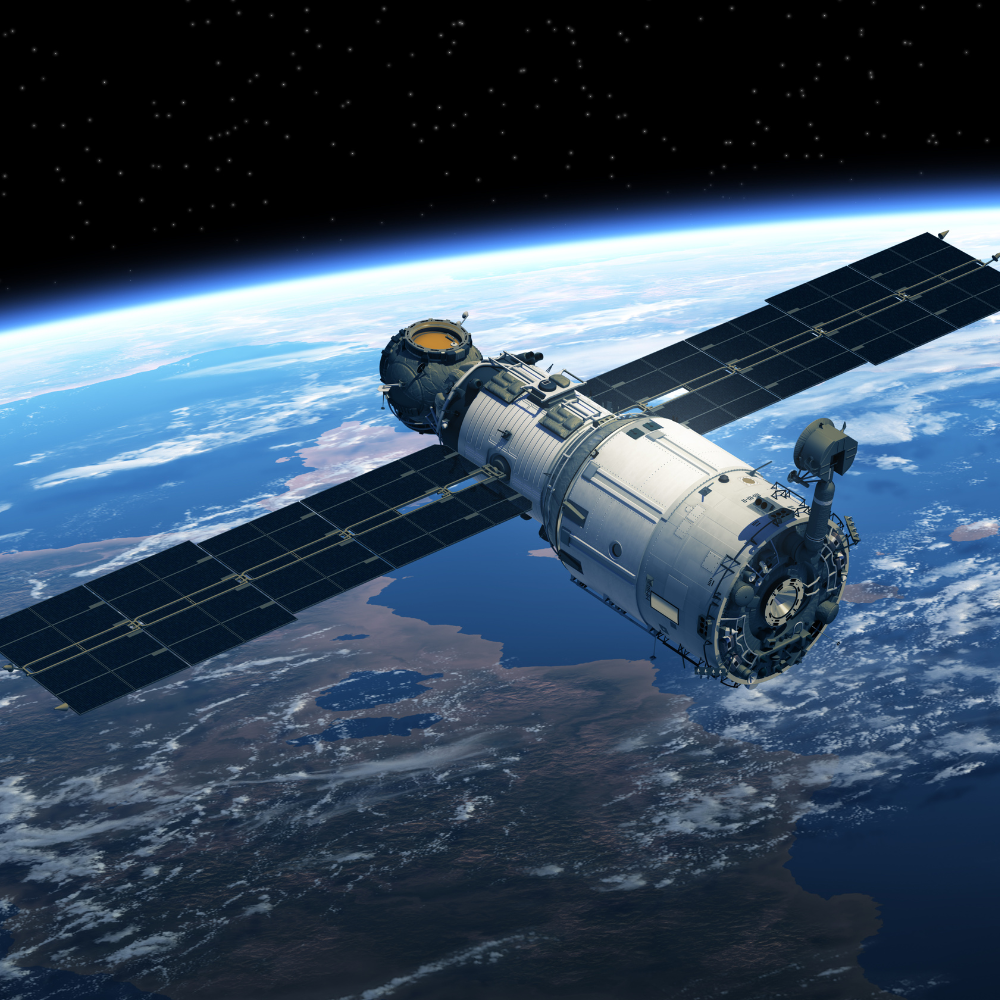It comes as no surprise that China has some of the most unique technologies. It has also made significant progress in recent years in animal cloning.
In 2022, the world’s first cloned Arctic wolf was created by a Chinese cloning company. While in 2017, they produced cloned cattle with higher resistance to bovine tuberculosis, a threat to cattle in many countries. Farmers in many countries including the United States, breed clones with conventional animals. This is done to add desirable traits to increase milk production or even disease resistance into the gene pool.
Scientists in China have been able to successfully clone three cows now known as “super cows”. They are called super cows as they produce a surprisingly high amount of milk. This is being called a breakthrough for China’s dairy industry.
Around 70% of China’s dairy cows are imported from overseas and the dependence on imported breeds would now be reduced. China’s local milk production has been struggling to meet the domestic demand as the feed costs have been rising.
The scientists from the Northwest University of Agricultural and Forestry Science and Technology bred the three calves. The calves were born in the Ningxia region close to the Lunar New Year on January 23, reported a source.
The clones were made from highly productive cows from the Holstein Friesian breed. This breed originated in the Netherlands. The animals selected can produce up to about 18 tons of milk per year or 100 tons of milk in their lifetime which is only about five cows in every 10,000 cows in China. According to sources, this is almost 1.7 times the amount of milk that an average cow in the United States produced in 2021. An average milk-producing cow in the US makes about 10.8 metric tons of milk per year.
As the size of the first cloned calf was 56.7 kilograms (120 pounds) which were relatively large, a cesarean section had to be performed for the delivery on December 30. This was mentioned by an official in the city of Wulin in Ningxia. 120 cloned embryos were made from the ear cells of the extremely productive cows from the Holstein Friesian breed. These embryos were then placed in surrogate cows.
It is only at the end of their lives that the cattle are designated as super cows. Hence, it is difficult to breed them after they have been identified as per the project lead, Jin Yaping. The project’s lead scientist called the birth of the super cows a breakthrough that would allow China to preserve the best cows in an economically feasible way.
Jin mentioned that it would take them around two to three years to build up the herd which would comprise over 1000 cows. This would make a solid foundation to take care of China’s reliance on overseas dairy cows. It also eliminates the risk of being choked by supply chain disruption.




